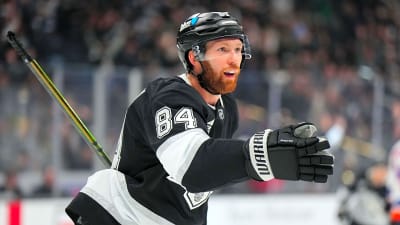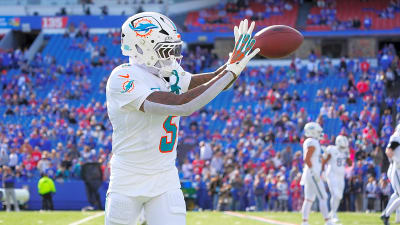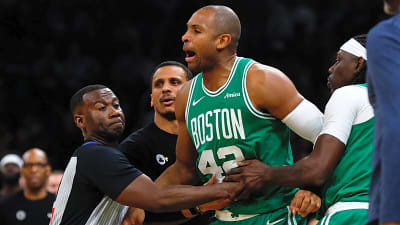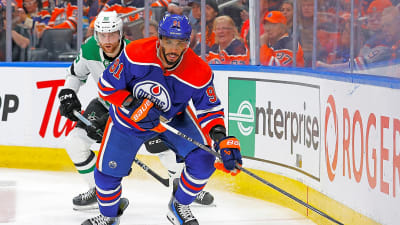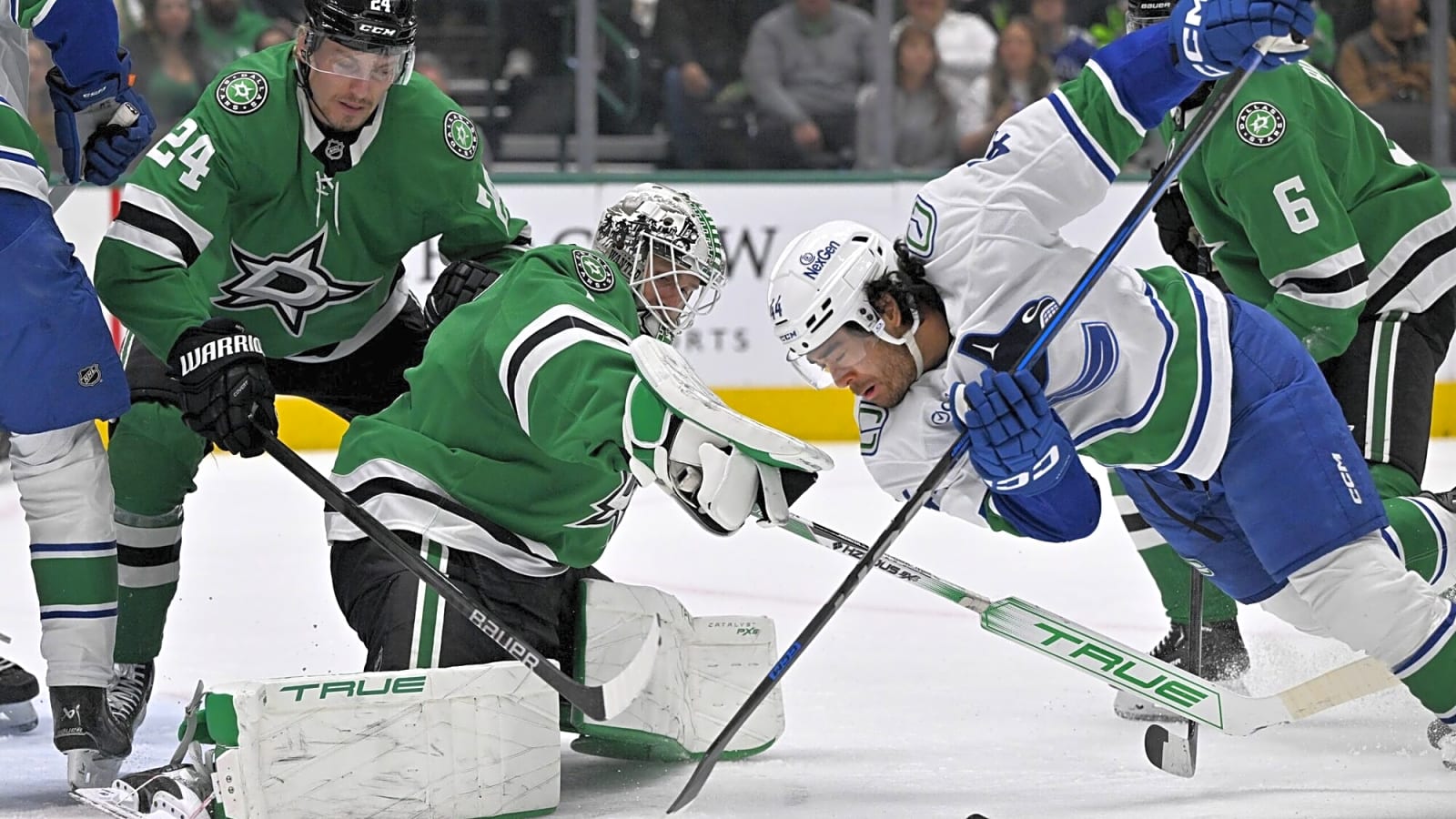
The Free Agent Frenzy of 2025 isn’t just coming, it’s nigh. Here, on the very cusp of July 1, the Vancouver Canucks are set to continue what was promised to be a consequential offseason…
…But which, for the most part, has been a quiet one thus far, at least on the transactional front.
GM Patrik Allvin and Co. have somewhat uncharacteristically saved the majority of their roster-shifting business until now. They replaced departed coach Rick Tocchet with Adam Foote. They got key prospect Tom Willander, among a few others, under contract. They (reportedly) agreed to an extension with Conor Garland. They drafted a bunch of prospects this past weekend, led by 15OA Braeden Cootes, and traded for another from Chicago.
But in terms of acquisitions directly related to the 2025/26 NHL roster, the Canucks have so far made just one – bringing in Evander Kane from the Edmonton Oilers for a fourth round pick.
That probably means that the Canucks are going to be a little busier on July 1, 2025, than they perhaps planned to be when the offseason began a few months back. When asked about the front office’s aims back in May, POHO Jim Rutherford somewhat ominously intoned that “We’re going to be in the free agent market if we still have cap space at that time, but we may get our work done before then.”
"We're going to be in the free agent market if we still have cap space at that time," says Jim Rutherford. "But we may get our work done before then."
Sounds like #Canucks are going to move quickly.
— Noah Strang (@noahstrang_) May 15, 2025
Well, it’s June 30, and they haven’t got their work done yet. Which means they should be involved in that market on July 1, and does, indeed, mean they have some cap space left over with which to do so.
How much cap space?
Let’s find out.
At this point in the offseason, we don’t have to worry about daily cap tallies, or accruing space, or performance bonuses, or anything like that. We’re just looking at raw AAVs on contracts, and seeing how many of them we can fit onto the Vancouver roster under the new, $95.5 million cap ceiling. Which is good, as it makes for a lot less complicated math.
For now, the easiest way to get a workable number is to build a full roster of 23 players from the group the Canucks already have on hand, tally up the cap hits, and then see how much they’ve got leftovers with which to make improvements upon said roster.
When we attempt to build that 23-player depth chart from the Canucks’ depth chart, we end up with something like this (with annual cap hits in brackets):
DeBrusk ($5.5M) – Pettersson ($11.6M) – Kane ($5.13M)
Höglander ($3M) – Chytil ($4.44M) – Garland ($4.95M)
Joshua ($3.25M) – Blueger ($1.8M – Sherwood ($1.5M)
O’Connor ($2.5M) – Räty (~$1.25M) – Karlsson ($775K)
Bains (~$800K)
Hughes ($7.85M) – Hronek ($7.25M)
M. Pettersson ($5.5M) – Myers ($3M)
E. Pettersson ($838K) – Willander ($950K)
Forbort ($2M) – Mancini ($870K)
Demko ($5M)
Lankinen ($4.5M)
Dead Cap: Oliver Ekman-Larsson’s Buyout ($4.77M) and Ilya Mikheyev’s Retention ($713K)
Total Roster Cap Hit: ~$89,725,000
Total Cap Space Leftover: $5,775,000
Before we get into what it means, we recognize that there are some flaws, or at least question marks, in regards to this roster. First and foremost, we had to guess at salaries for two pending RFAs in Aatu Räty and Arshdeep Bains, but we don’t think we will be that far off.
Secondly, we’re also guessing at who exactly makes the team, and realize there will be intense competition over those last few spots.
For example, we kind of doubt that Willander and Victor Mancini are both on the NHL roster at the same time, barring injuries. But this is meant to be more of a depth chart than an actual attempt at lines, and the differences in cap implications are minimal. If, for example, the Canucks swap Willander out with a more veteran depth defender, they’re at most going to gain $125,000 in cap space.
Thus, what we’ve put together there is a rough but fair representation of the Canucks’ overall financial picture.
But that $5,775,000 total needs some context.
Remember that this roster is already at its max of 23/23 players. So, if anyone gets added to the roster via free agency, someone else will have to come off it. Therefore, the amount of functional cap space the Canucks have on hand is actually a little higher, and will depend on how many players they’re adding.
Let’s say the Canucks wanted to add just one forward through free agency (or, theoretically, retain one, like Pius Suter or Brock Boeser). And let’s say that new forward boots Bains off the roster as a result. The Canucks would have their existing space ($5,775,000) to spend, plus the $800,000 or so vacated by Bains. That means they can bring in a single player with an annual cap hit up to about $6,575,000.
Or, let’s say they want to add two forwards to the mix. Now we have to boot someone else, like Karlsson and his $775,000, off the roster to make room. So, now, those two new forwards’ cap hits could add up to about $7,350,000.
Of course, this sort of counting only counts for new additions with cap hits exceeding what the Canucks already have. They can essentially add as many UFAs in that near-minimum range as they want, so long as they’ve got roster spaces to give up. If the Canucks sign a veteran D to sit in the pressbox instead of Mancini, for example, it shouldn’t impact that cap, so long as that veteran makes the same or less as Mancini’s own $870,000.
There’s also the possibility of a trade. Although we’re running out of time for that to happen ahead of the Free Agent Frenzy, keep in mind that teams are allowed to exceed the salary cap by 10% in the offseason, so it’s entirely possible for the Canucks to spend above the cap for now and trade later to get back under. Possible, but perhaps not wise.
The Canucks could also gain space by attempting to again run a roster below 23 players, thus accruing space, as they did in 2024/25.
But that’s all a little speculative for our purposes today. We’ll stick with that conclusion that the Canucks have at least $6,575,000 to spend on one new UFA, or a little bit more than that if they’re shopping for multiple pieces.
In a summer in which some teams are holding some $44 million in cap space, it’s really not that much. But it should be enough to entice at least one quality player to join the Canucks – assuming that all the quality players aren’t snapped up by other organizations in the early going on Tuesday morning.
More must-reads:
- Trade interest in Blackhawks forward increasing
- Ducks rookie Roger McQueen chooses perfect jersey number
- The 'Most goals in a Stanley Cup Playoffs' quiz
Breaking News
Trending News
Customize Your Newsletter
 +
+
Get the latest news and rumors, customized to your favorite sports and teams. Emailed daily. Always free!

